“Before Indian art, as before every phase of Indian civilization, we stand in humble wonder at its age and its continuity. Probably no other nation known to us has ever had so exuberant a variety of arts.”
- American historian, Will Durant
India’s and its all-encompassing philosophy, traditions, natural bounty and its marvellous architecture have been an enigma for the world and have held many in awe. There have been conquerors and travellers alike who have been enamoured to this land and adopted it as theirs. There have been mighty empires across the ages and all of them have left their mark on this civilization through marvels whose magnificence goes beyond description.
Here we bring to you five of those ancient architectural marvels that have not only stood the test of time, but have time and again mesmerized historians, philosophers, travellers and the lay-man alike.
Hampi
A UNESCO World Heritage site and the former capital of the mighty Vijaynagar Empire, Hampi with its monolithic rock structures and over 3000+ temple ruins, is a destination steeped in time. It is a place to lose yourself, in its unique volcanic structures against the blue azure skies, the stories of the glory and splendour of the bygone era and the riverside with its serenity and calm.
The towering Virupaksha temple dedicated to Shiva defines the skyline of this laidback town and is a big draw for the architecture loving traveller.
But the undisputed highlight of a trip to Hampi is the Vitalla temple complex dedicated to Vishnu. It is said that musicians would play music with the fascinating musical pillars of the Rang Mantapa ( entertainment pavilion) while the Royal dancers performed in front of the Gods with the king in attendance.
The emission of musical notes from these 56 stone pillars has been a mystery for centuries. When the British discovered them, they were so wonderstruck that they cut two of these to figure what was inside them. Of course they found nothing. These cut pillars can be seen in the temple complex even today.
The legend has it that the temple was built as an abode for Lord Vishnu, but he found it too grand for his use and returned to his humble abode. This capital town is an ode to the grandeur of the 15th century Dravidian era and is sure to leave one mesmerized.
How to Reach: The nearest Railhead is Hospet and is well-connected to all major cities in western part of India. The closest Airport is either Bellary or Hubli and both are 2-3 hours by road to Hampi. One can also fly down to Bangalore and then drive down to Hampi, situated at a distance of close to 350 kms.
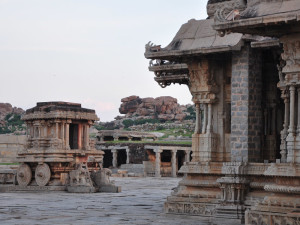
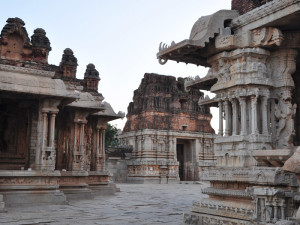
Khajuraho
Located in the heartland of the country and also a UNESCO World Heritage site, the Khajuraho temples are the most profound representation of anevolved society, where sexuality was celebrated and was not removed from the divine. It stands as a testimony of how much our civilisation has lost to time.
Built between the 10th-12th centuries in the golden period of the Chandela dynasty, the exotic marvels find themselves mentioned even in the works of the famed Persian traveller – Ibn Batuta who refers to these temples as the “Kajarra”.
These sublime sandstone structures hold within themselves, energies that are highly mystical where the divine and the erotic fuse with each other giving Khajuraho the popularity accorded to it. Numerous sculptors infused them with immortal life and invigorating sensuality. It is no wonder that it has been captivating storytellers and audiences since time immemorial.
How to reach: Khajuraho is well connected to all major Indian cities by air, road and railway.
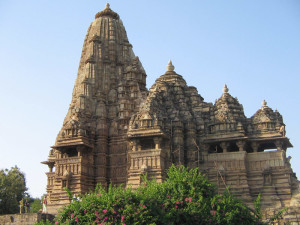
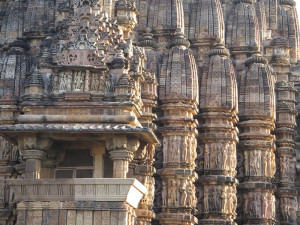
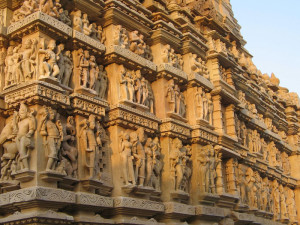
Konark
Situated next to the Bay of Bengal, the temple in its grandeur, is a breath-taking experience when bathed in all its glory from the morning sun’s rays. As Rabindranath Tagore once famously quoted that “Here the language of stone surpasses the language of man”.
The Sun temple at Konark, referred to as the Black Pagoda dating back to the 12th century,
takes the form of a huge chariot with 12 pairs of carved wheels drawn by a team of seven horses. The temple in its entirety symbolises the passage of time which is under the Sun God’s control. The seven horses represent the seven days of the week and the 12 wheels represent the months in a year.
The temple is famous for many legends including that of Dharampada, the 12 year old son of the temple’s architect whose brilliant solution to mount the final keystone completed the temple. He sacrificed his life for his father and the lives of 12000 other craftsmen.
How to Reach: The nearest airport to Puri is Bhubaneshwar, 60km from the town. Puri is also connected to all major towns via rail.
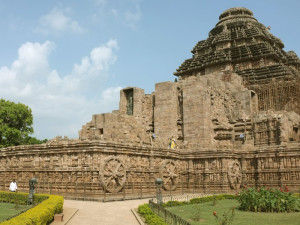
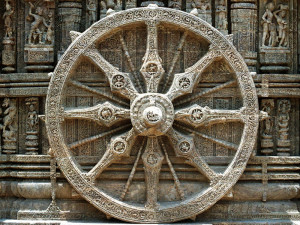
Dilwara
The exquisite Dilwara temples have been described by many as a dream in marble. Built between the 11th-13th centuries by the Chalukyas, they are famous for their stunning carvings out of white marble and its exquisite detailing.
This is the most sacred pilgrimage site for the followers of Jainism in India. Their simple yet stunning elegance is an ode to Jainism’s tenets for frugality, simplicity and honesty.
One can feel the purity radiate from the temples and the pristine white beauty is so breath-taking that some consider it architecturally superior to even the Taj Mahal.
How to Reach: The temples are located 2.5 Km from MountAbu. Mt Abu is connected through rail as well as road.
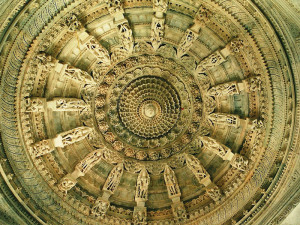
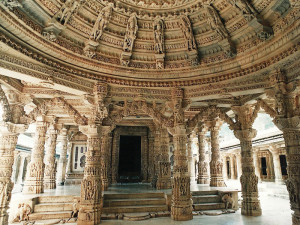
Belur – Halebidu
Built in the 12th century to commemorate the victory over Cholas, Belur-Halebidu temples are extra ordinary examples of sculptural art, which focused intensely on the qualities of feminine beauty and delicacy. It is impossible to imagine that anyone could breathe life into the coarse black sandstone, until one comes across these exquisite temples. Notably, a baffling number of 1500 temples were built during the time out of which only 100 survive to date.
The intricacy of workmanshipg is astounding and it is said that none of the sculpture engraved is like another. Unique in their use of sandstone, carvings and detailing, the Belur-Halebid temples are a testament of the love of King Vishnuvardhana for his Queen Shantala and an ode to her beauty. One can truly feel the stones speaking to them, and the verdant green setting with the detailed intricate carvings truly bring alive the folktales of the time.
How to reach: 200 km from Bangalore, Belur is well connected by road to the capital city. The nearest railhead is Hassan, 40 km from Belur.
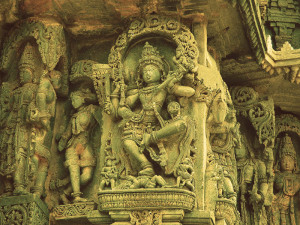
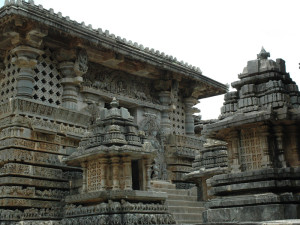
Which one of them catches your imagination? We would love to hear from you.